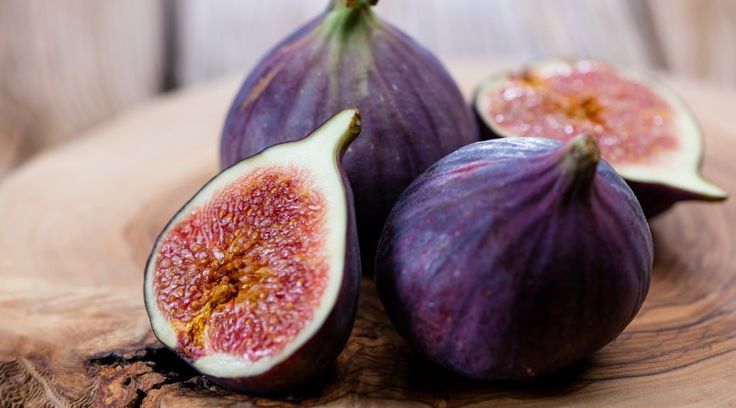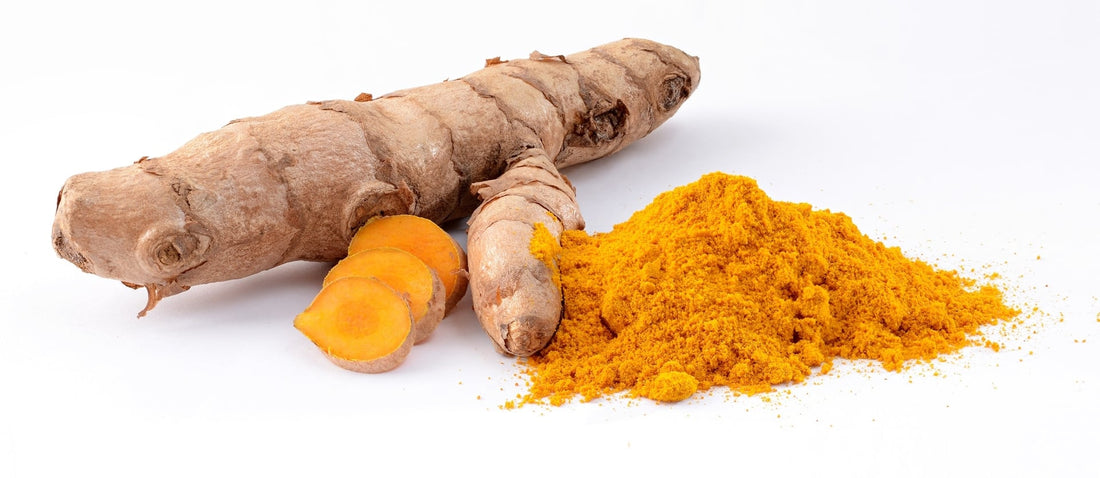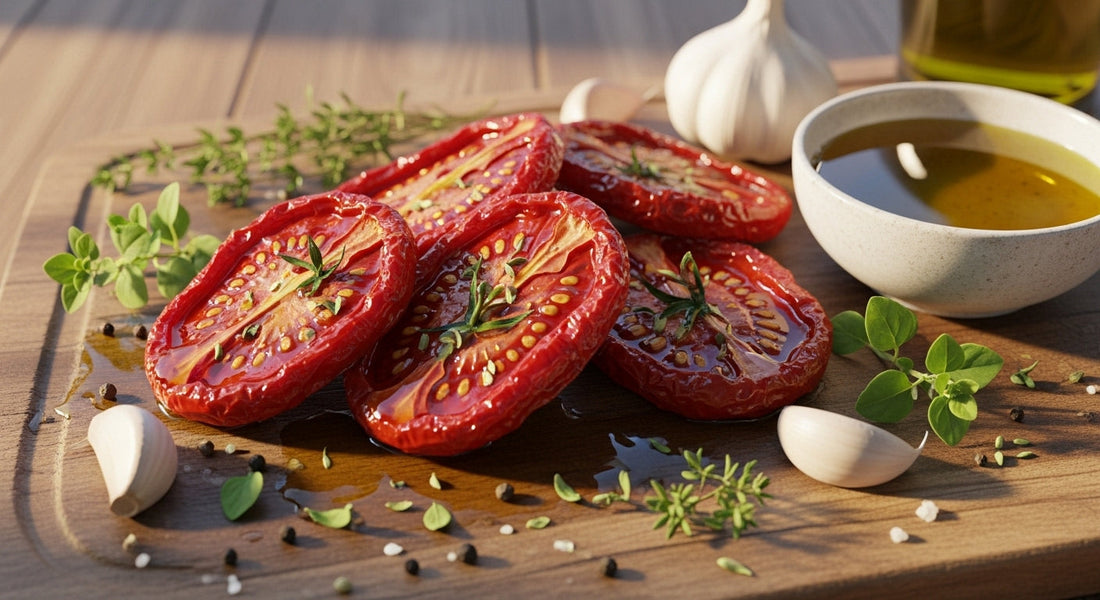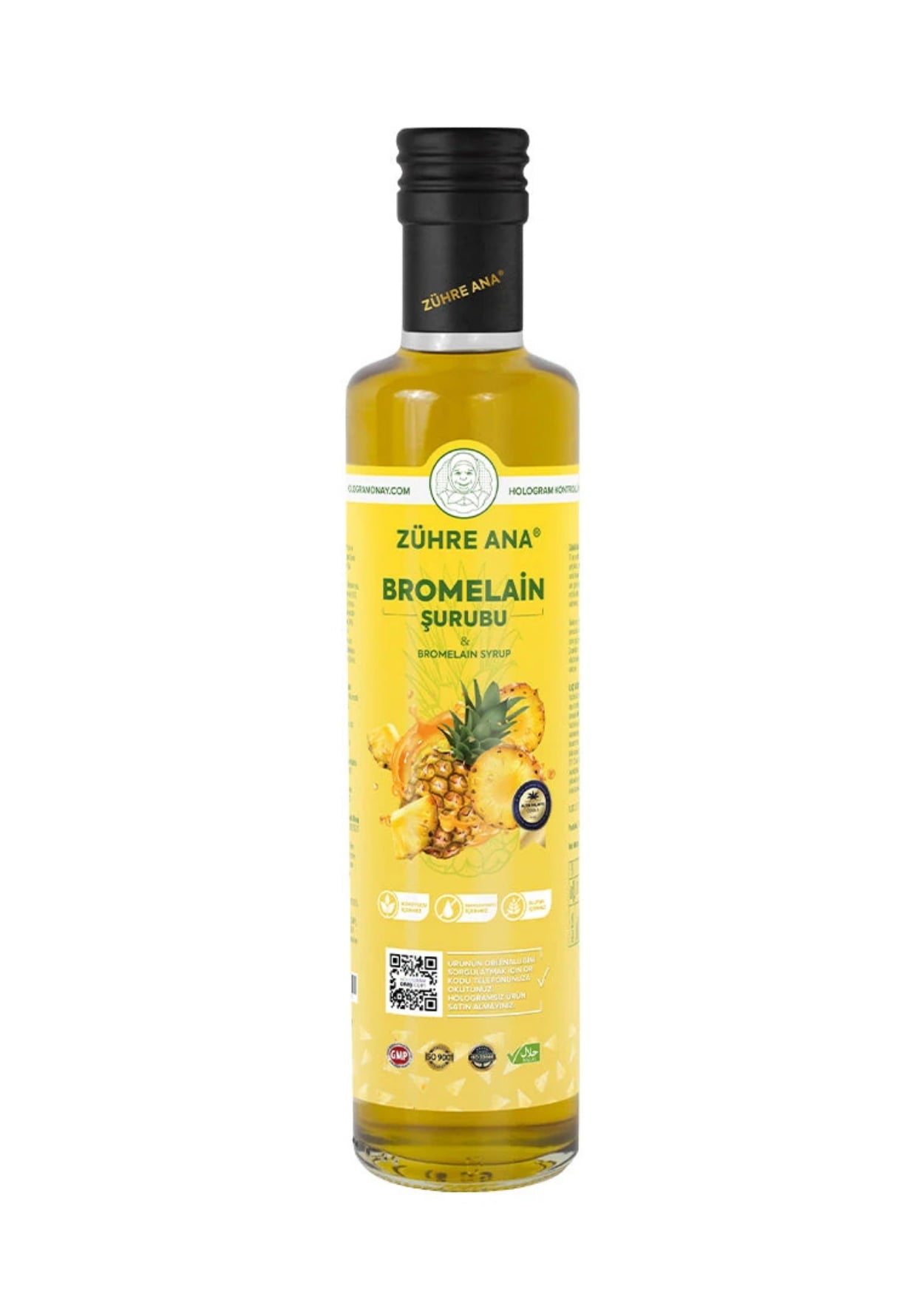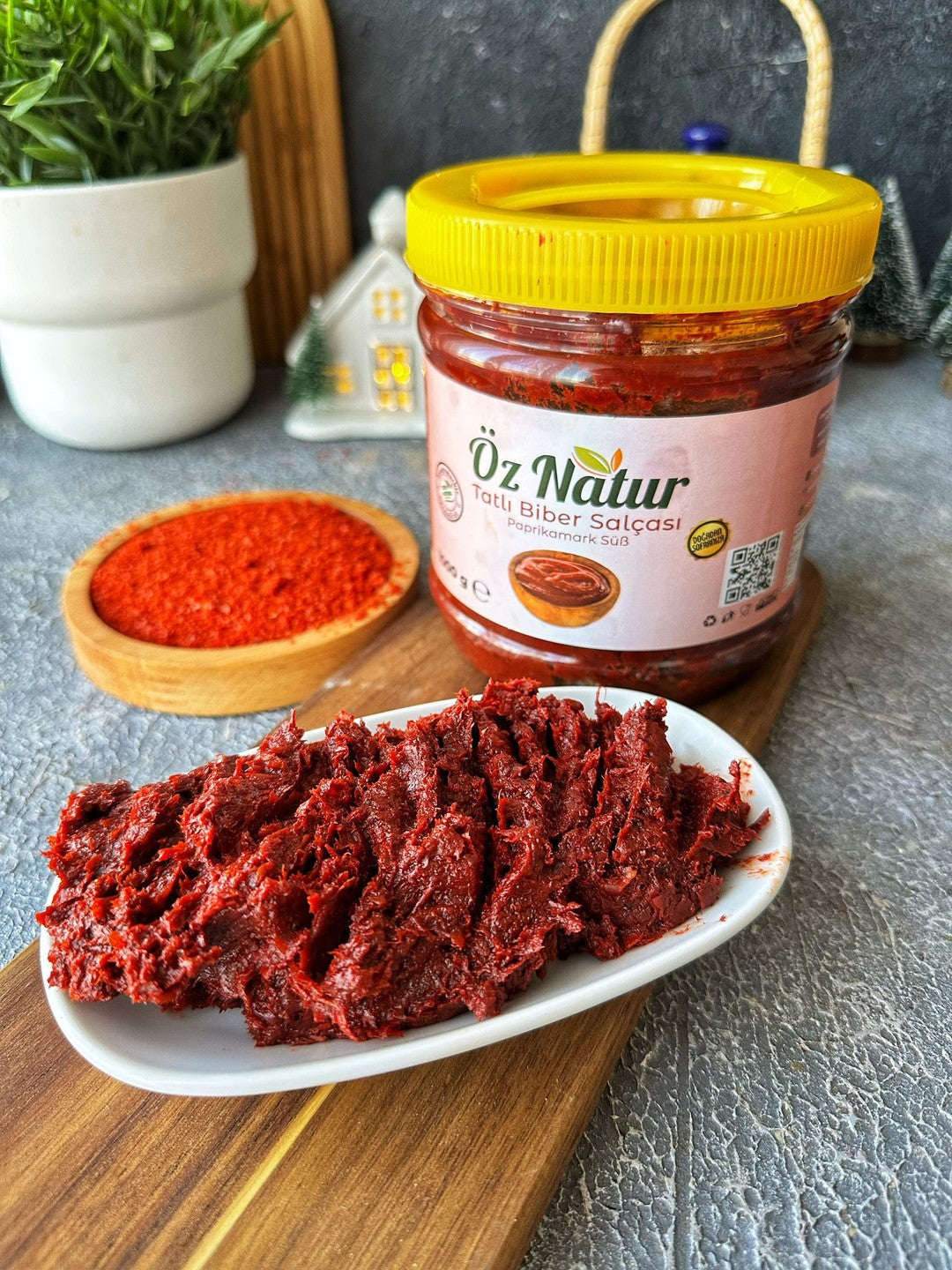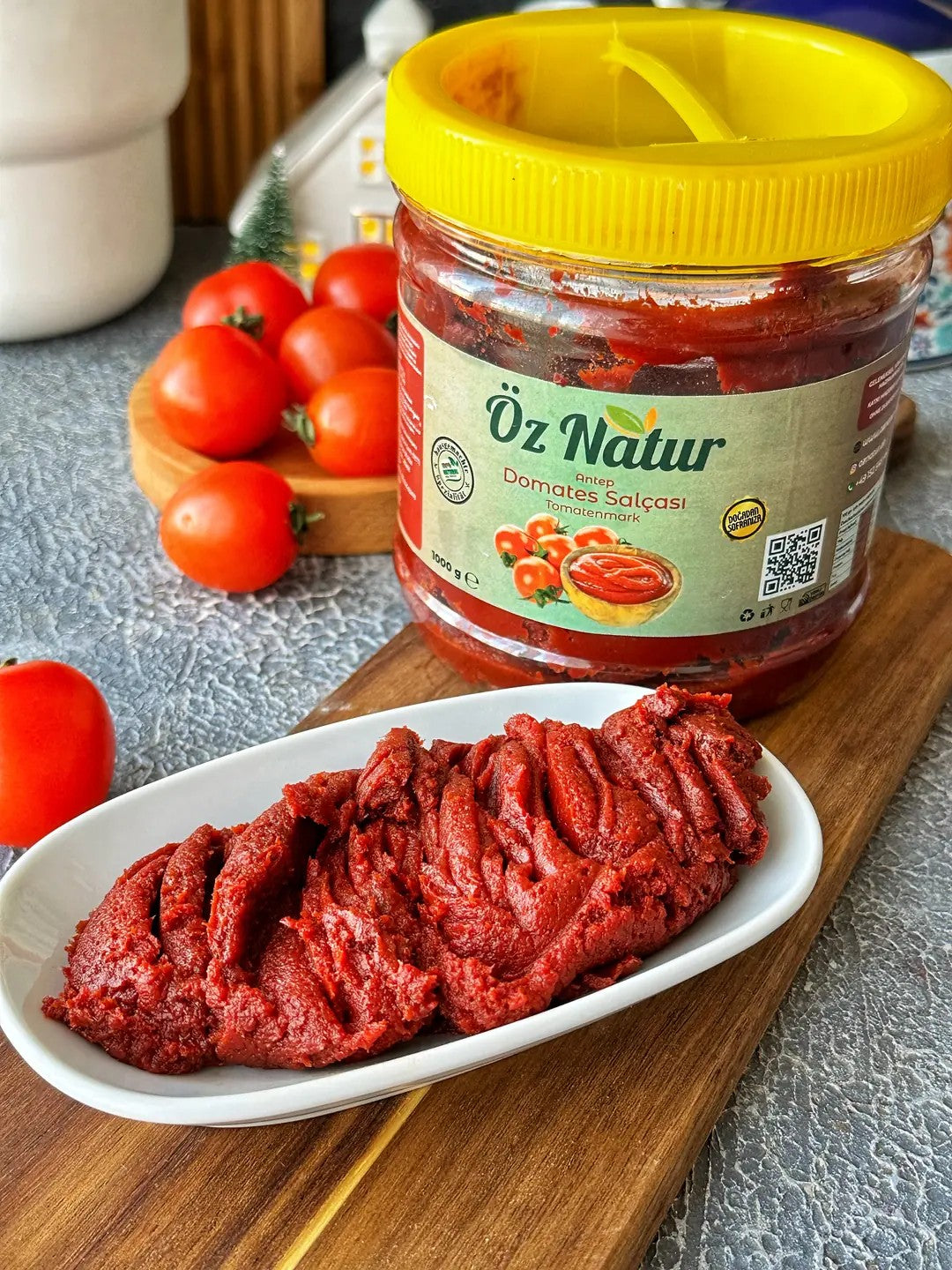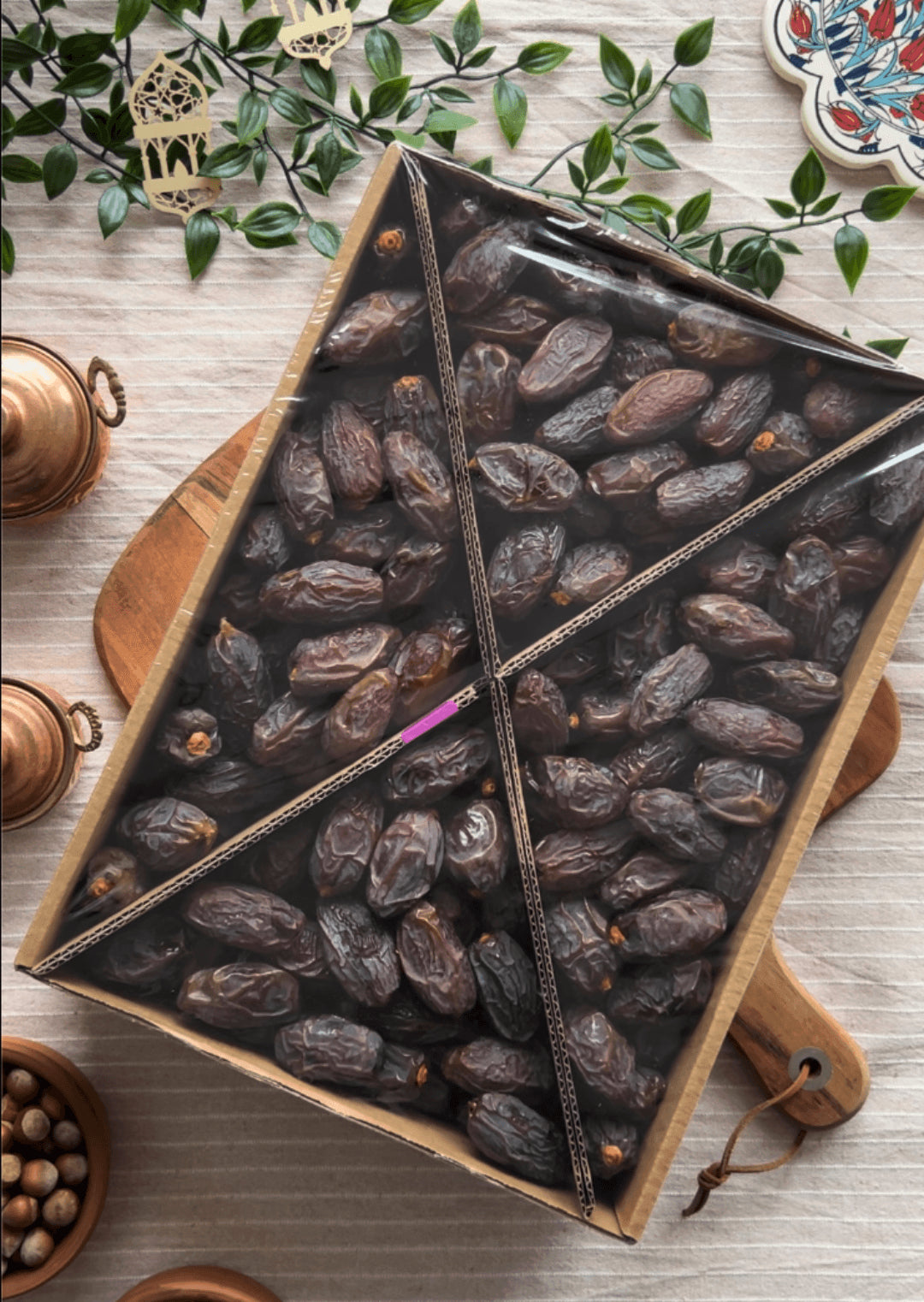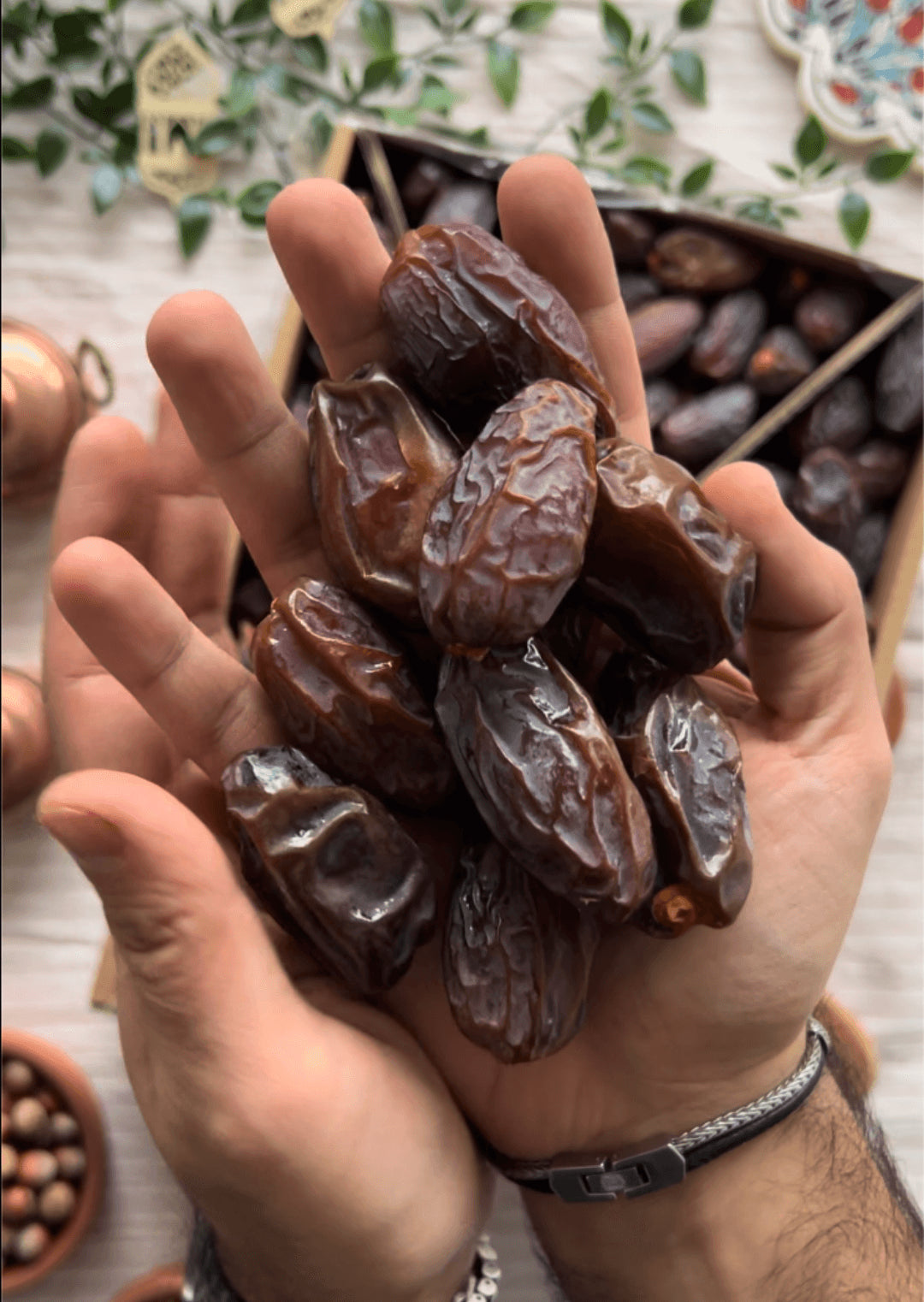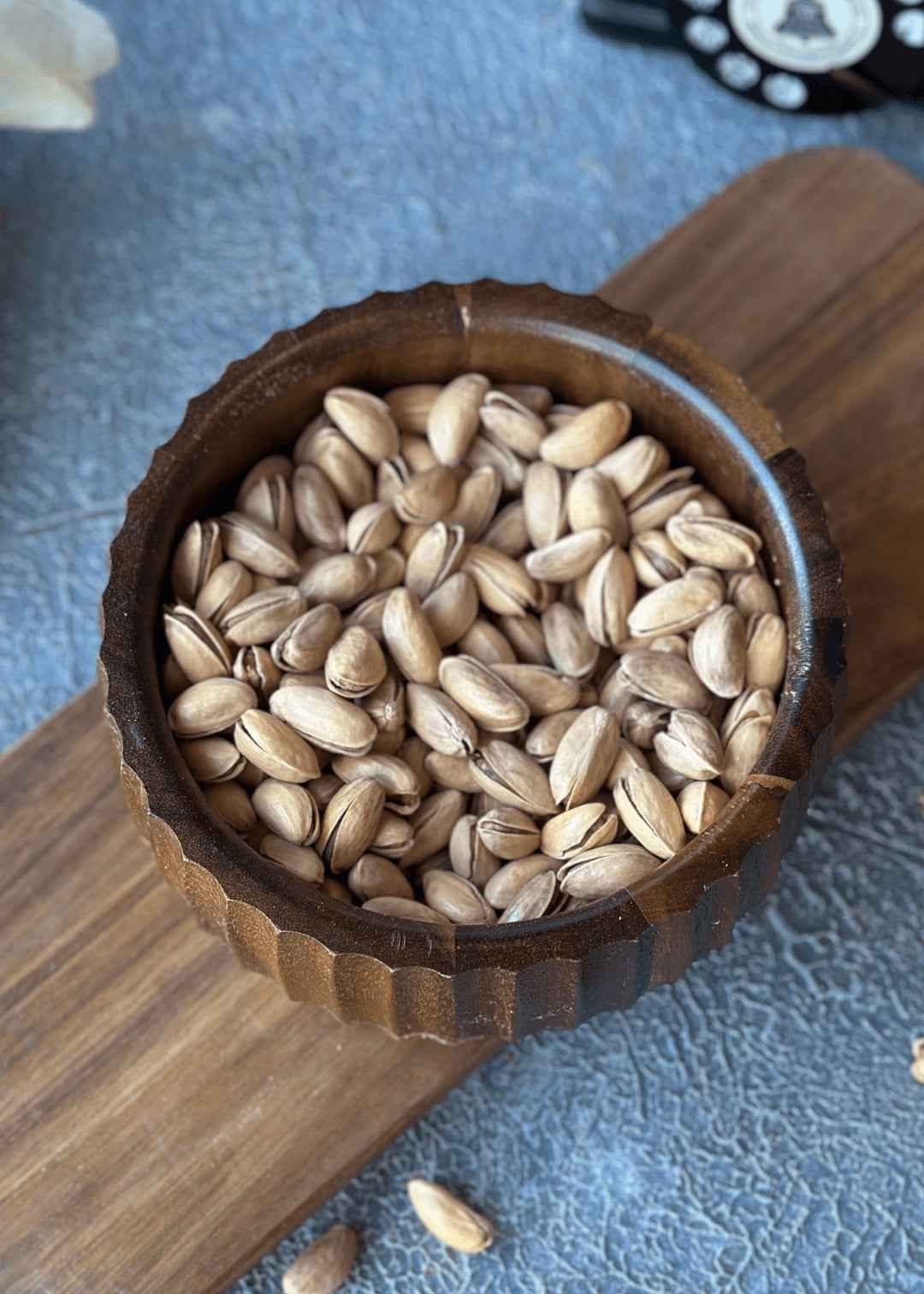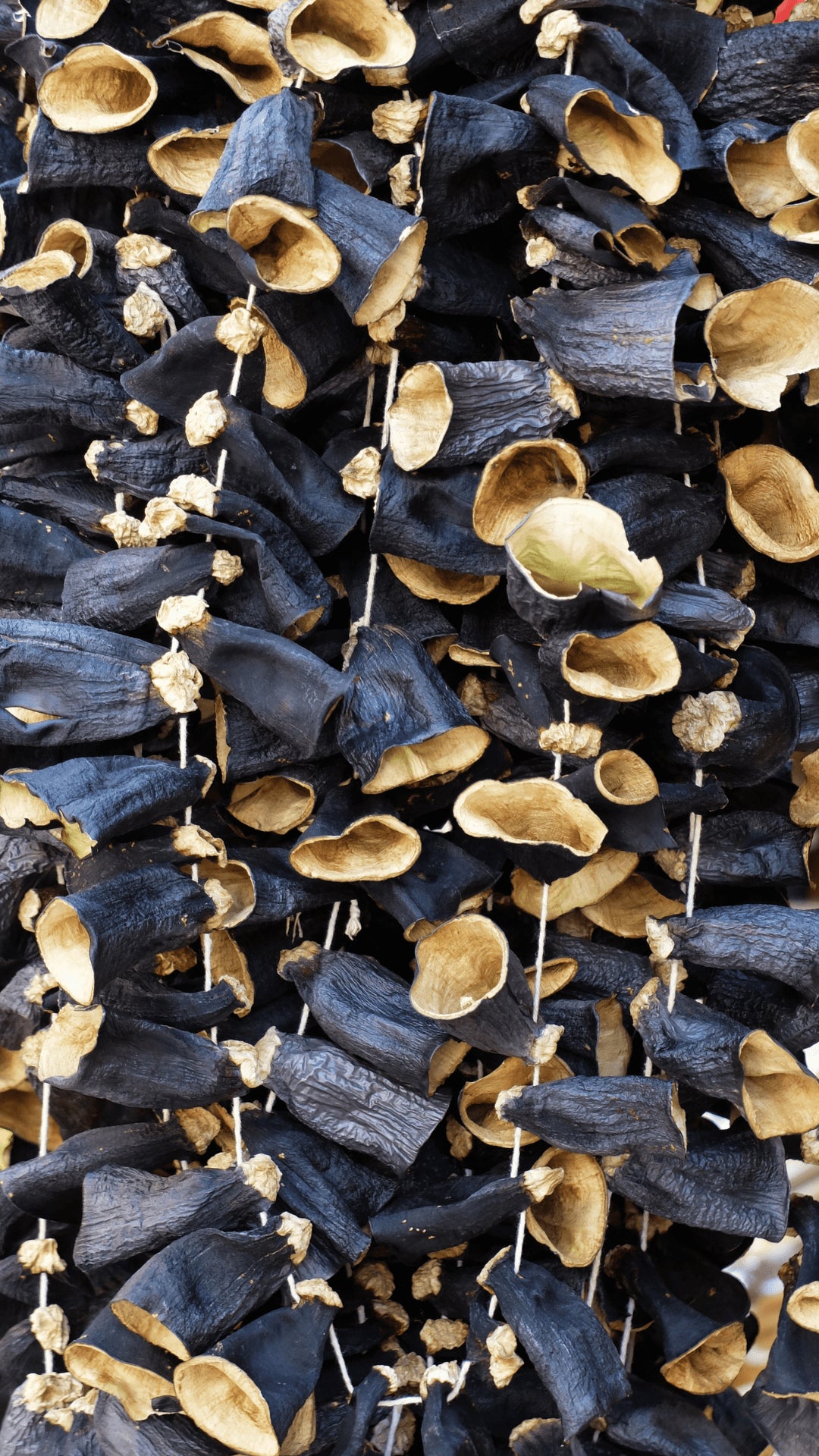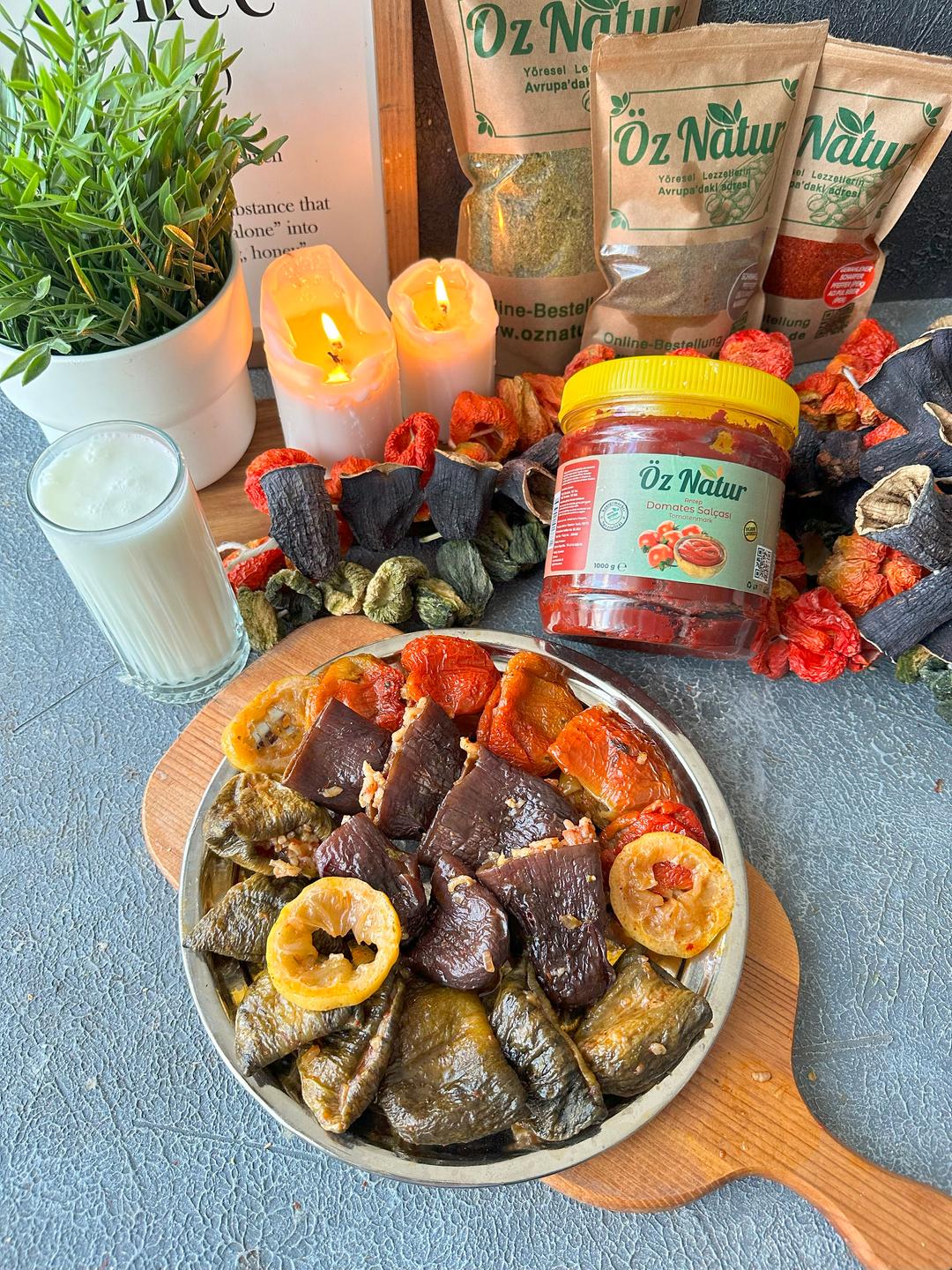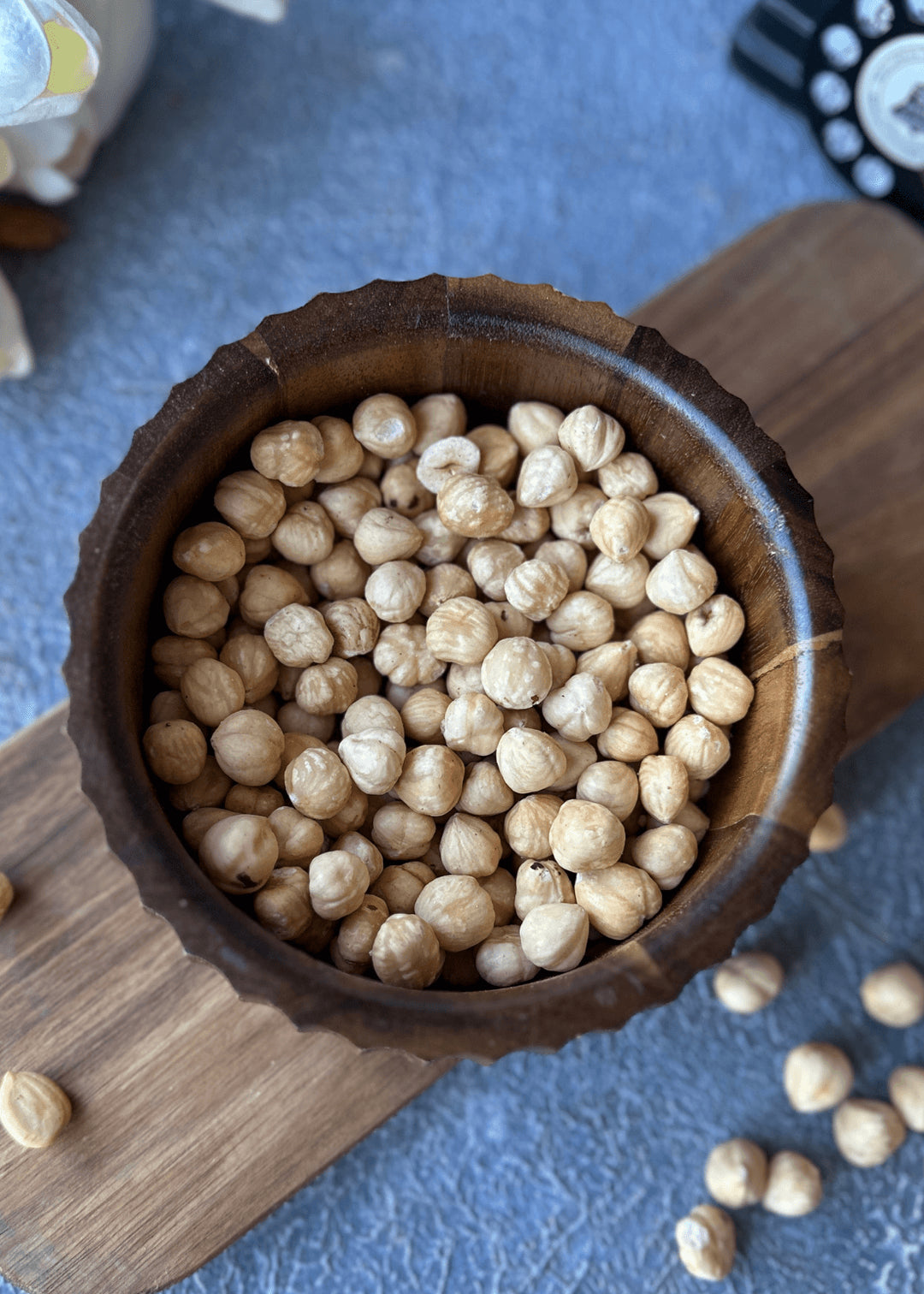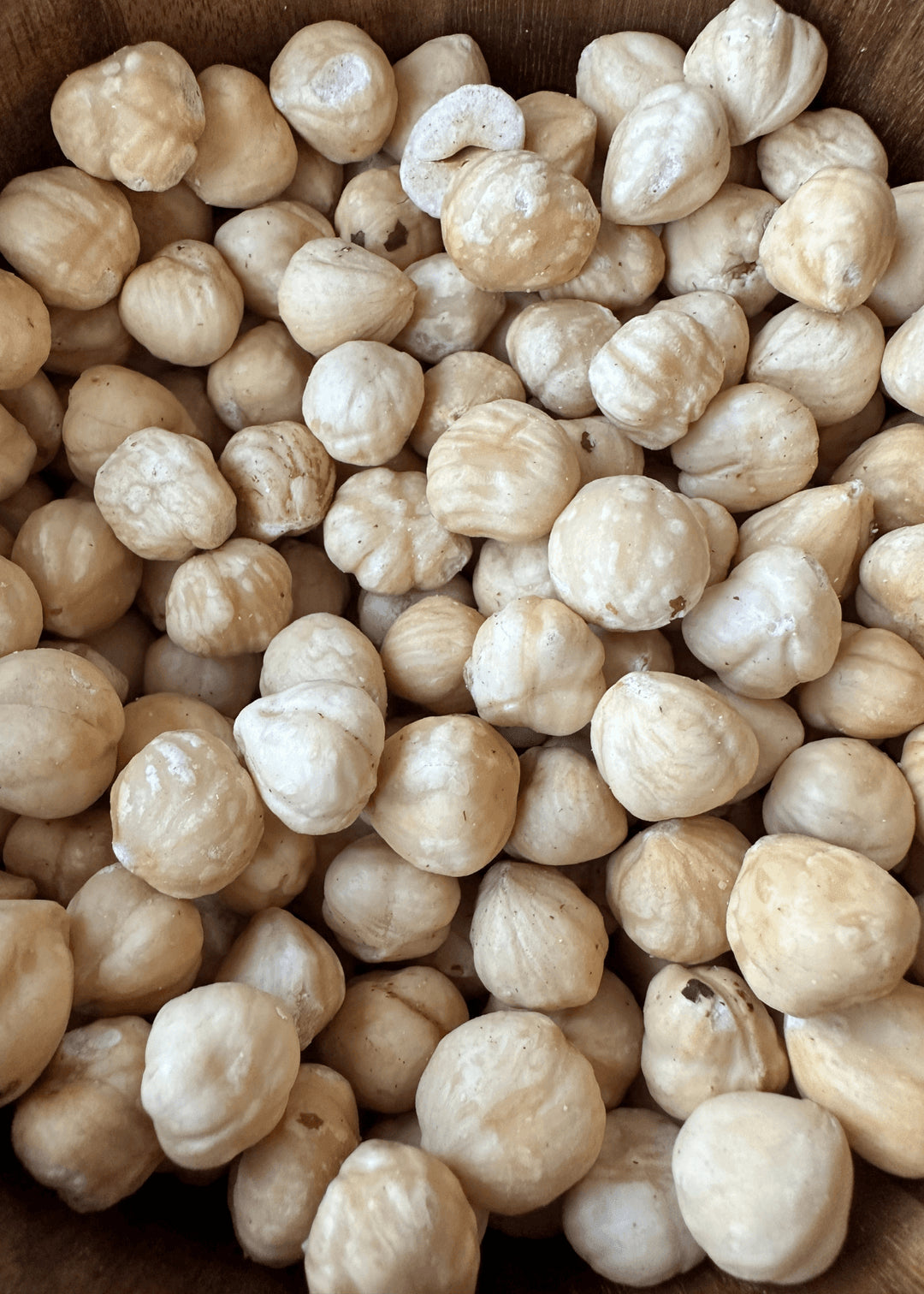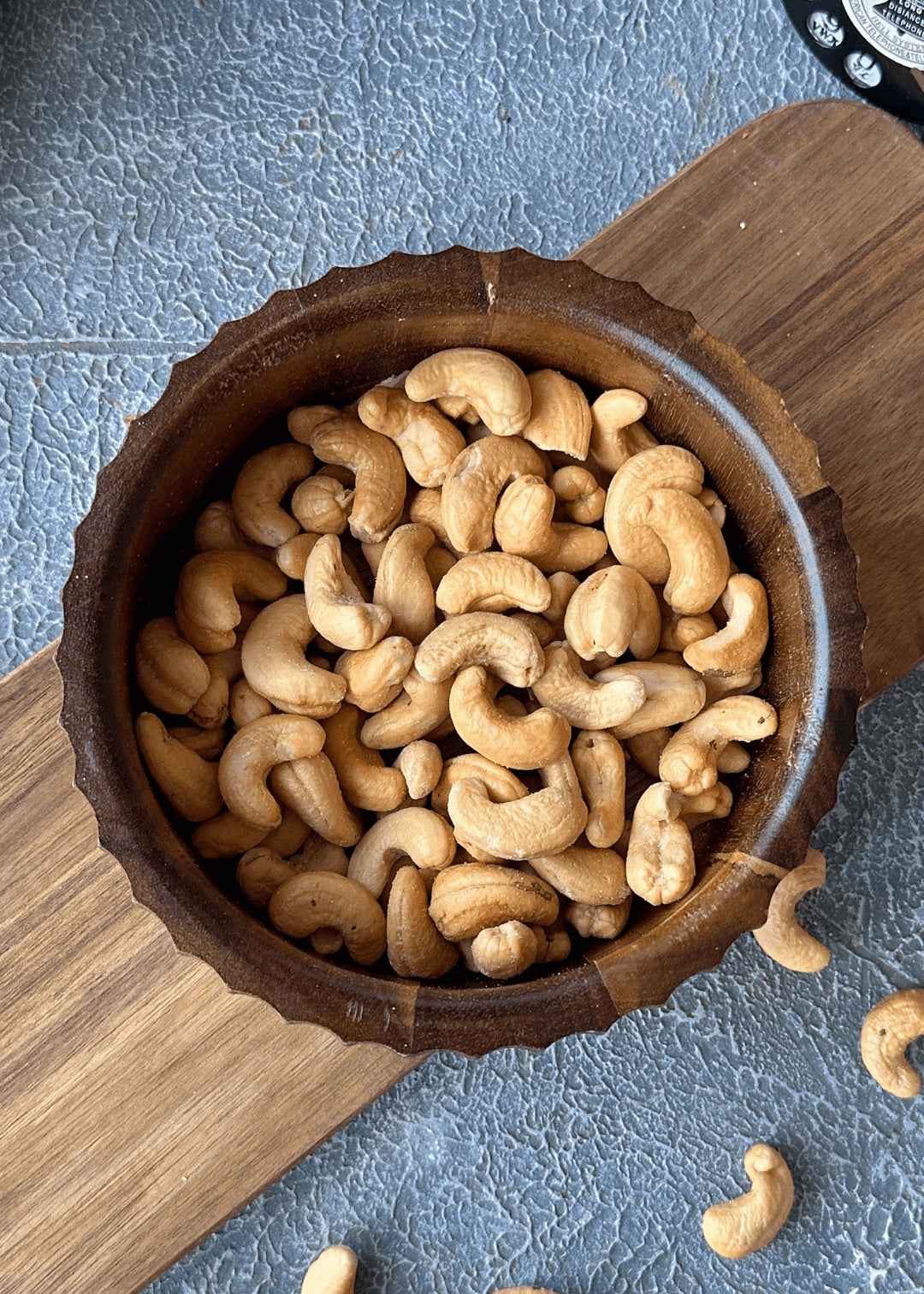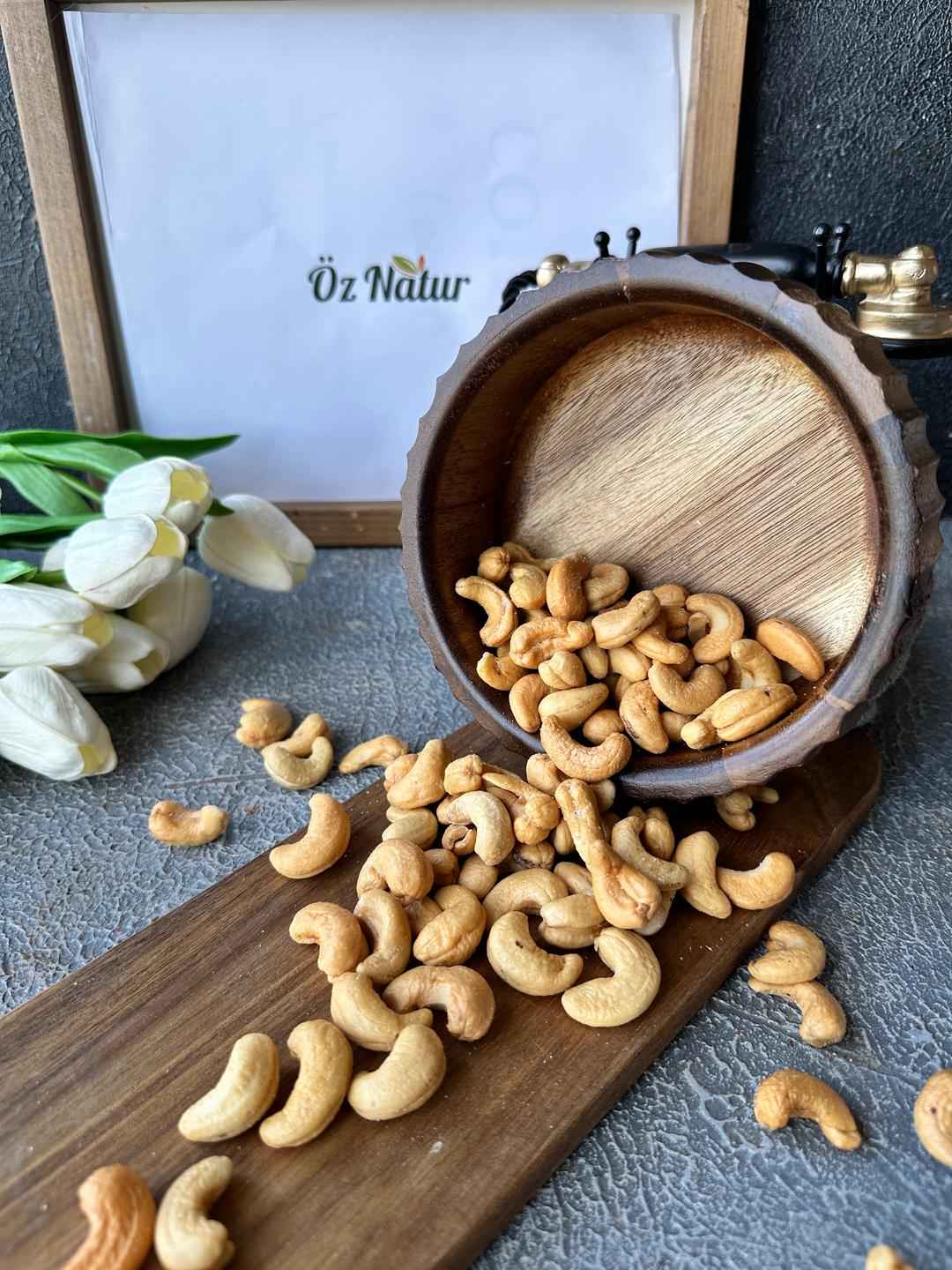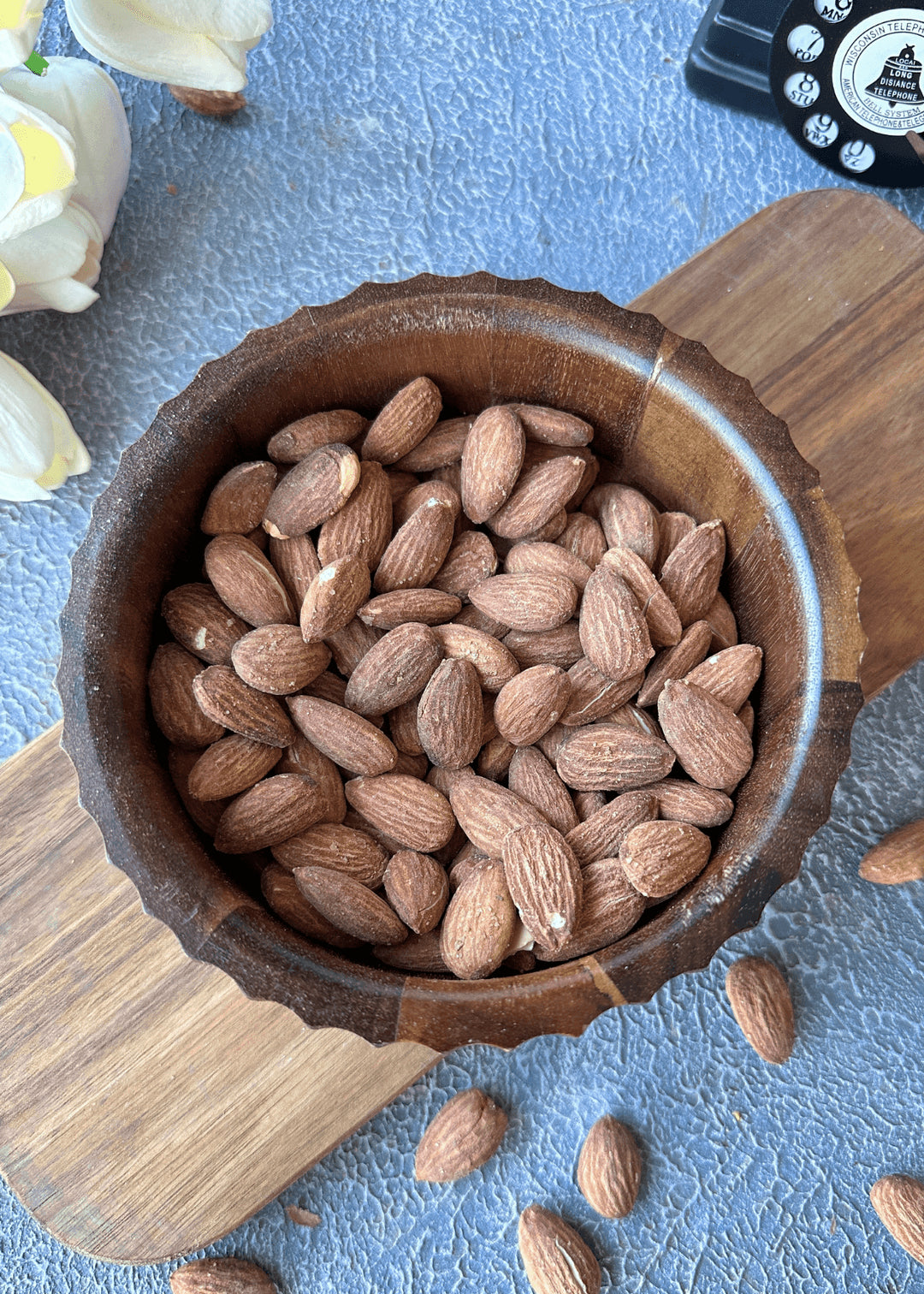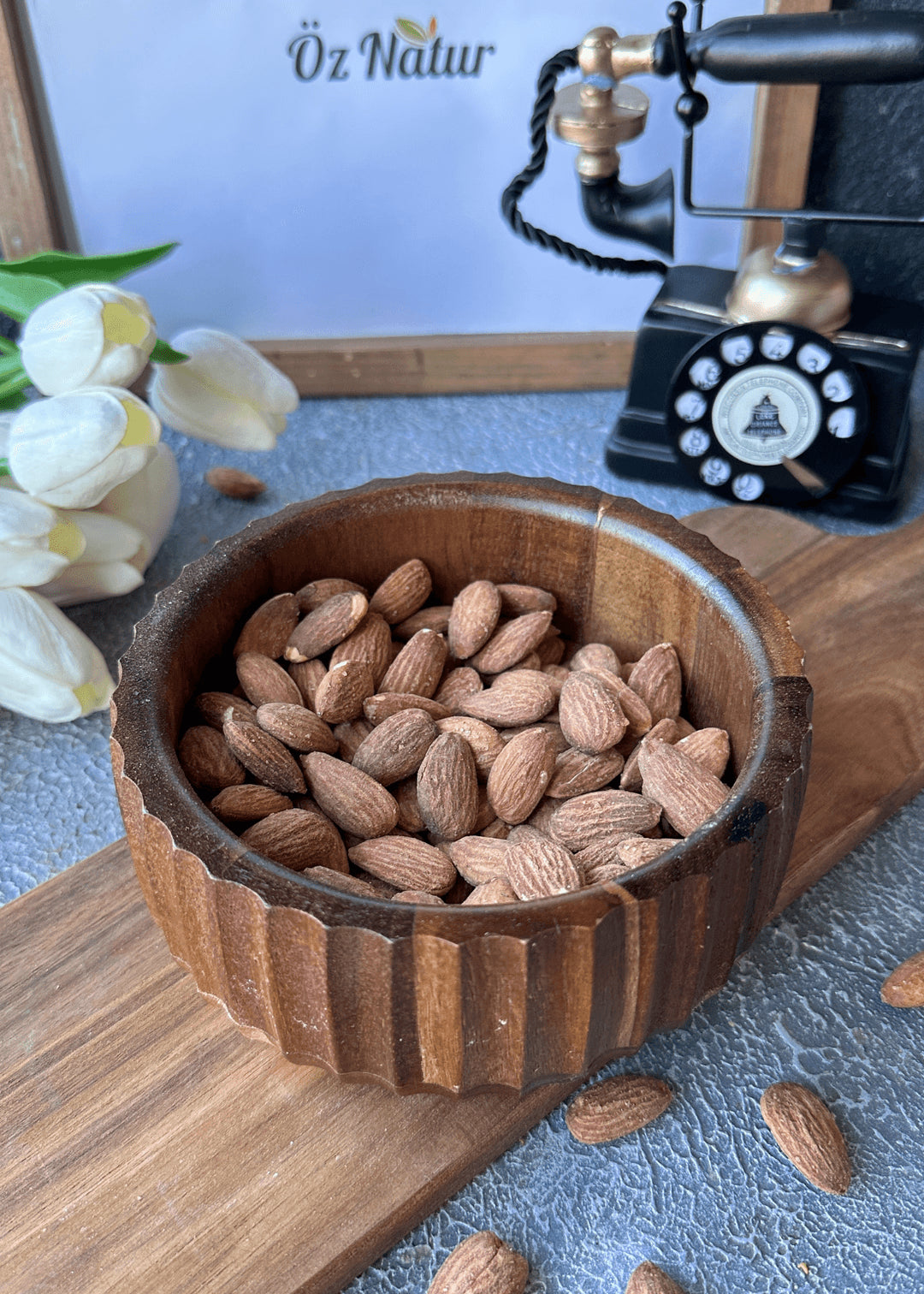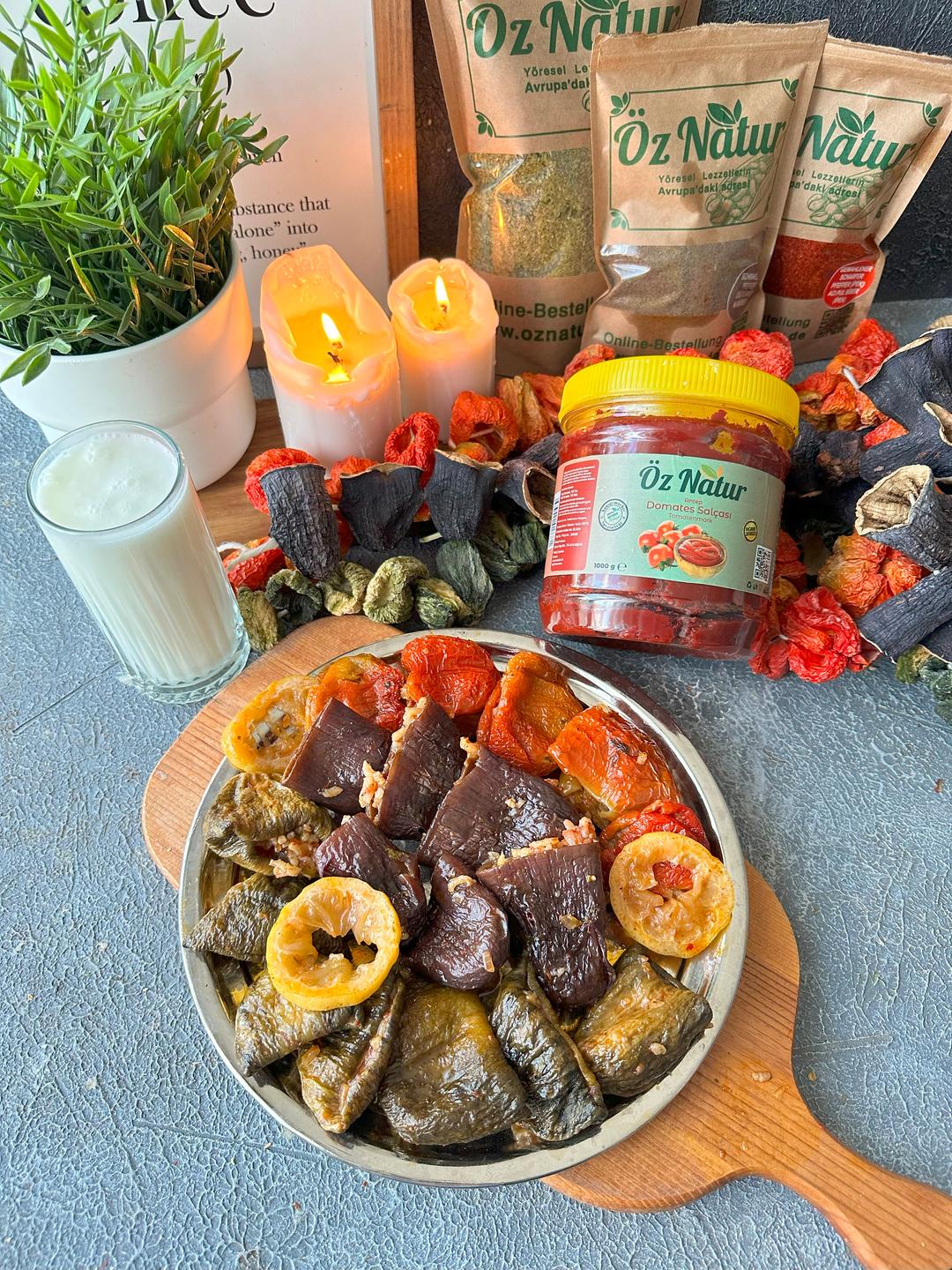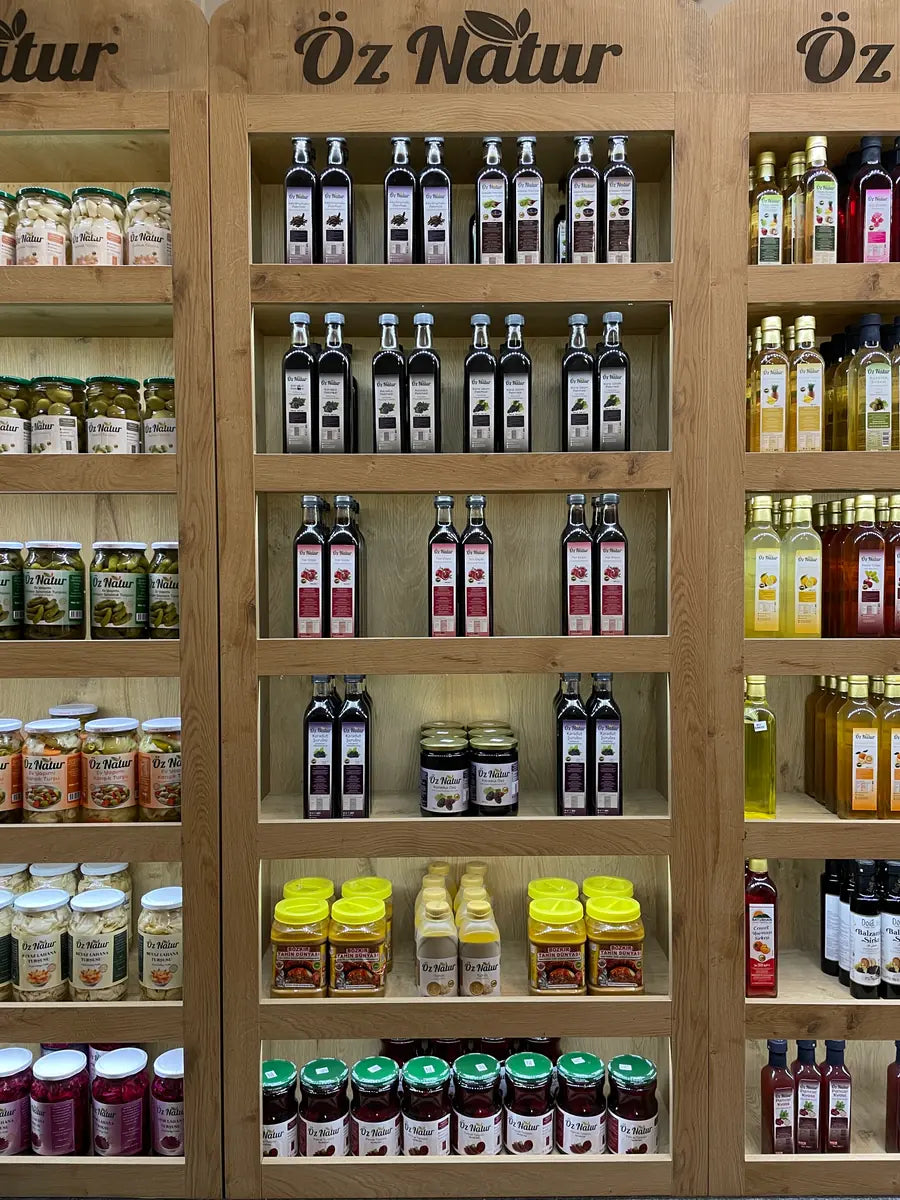Figs are one of the oldest cultivated fruits and are valued for their naturally sweet flavor and soft texture. They can be enjoyed fresh during harvest season or dried for year-round use. Thanks to their unique taste, figs are widely used in desserts, baked goods, salads, and savory dishes, making them a versatile ingredient in many cuisines.
How Can Figs Be Enjoyed?
Figs can be eaten in a variety of ways. Fresh figs are delicious on their own or paired with cheese, nuts, or honey. They also make a great addition to salads, smoothies, and desserts. Dried figs, with their more concentrated flavor, are commonly used in baked goods, trail mixes, or as a simple snack. Their natural sweetness makes them a popular choice as an alternative to refined sugar in many recipes.
How Many Figs Per Day Are Ideal?
Because figs are naturally sweet and flavorful, a small portion is often enough. Around 2–3 dried figs or a few fresh figs a day is a common serving size. While fresh figs offer a light and juicy taste, dried figs have a more intense flavor and are best enjoyed in moderation. This makes them easy to integrate into both everyday meals and special recipes.
How to Identify High-Quality Figs
High-quality figs are recognizable by their appearance and texture. Fresh figs should have smooth skin without cracks and should feel soft yet firm when held. Their color varies by variety, ranging from green to deep purple, but should always appear vibrant and natural. For dried figs, a light white coating on the surface is normal, as it comes from the fig’s own natural sugars. They should be plump, aromatic, and easy to chew. Hard or overly dry figs usually indicate lower quality.
Figs in the Kitchen
Figs are a favorite ingredient in both sweet and savory dishes. They are commonly used in jams, cakes, cookies, and breads, as well as in Mediterranean-style main courses. Combined with cheese, they create a perfect balance of sweet and savory flavors. Dried figs can also be chopped into cereals or added to sauces for extra richness. Their versatility makes them a staple fruit in kitchens around the world.


